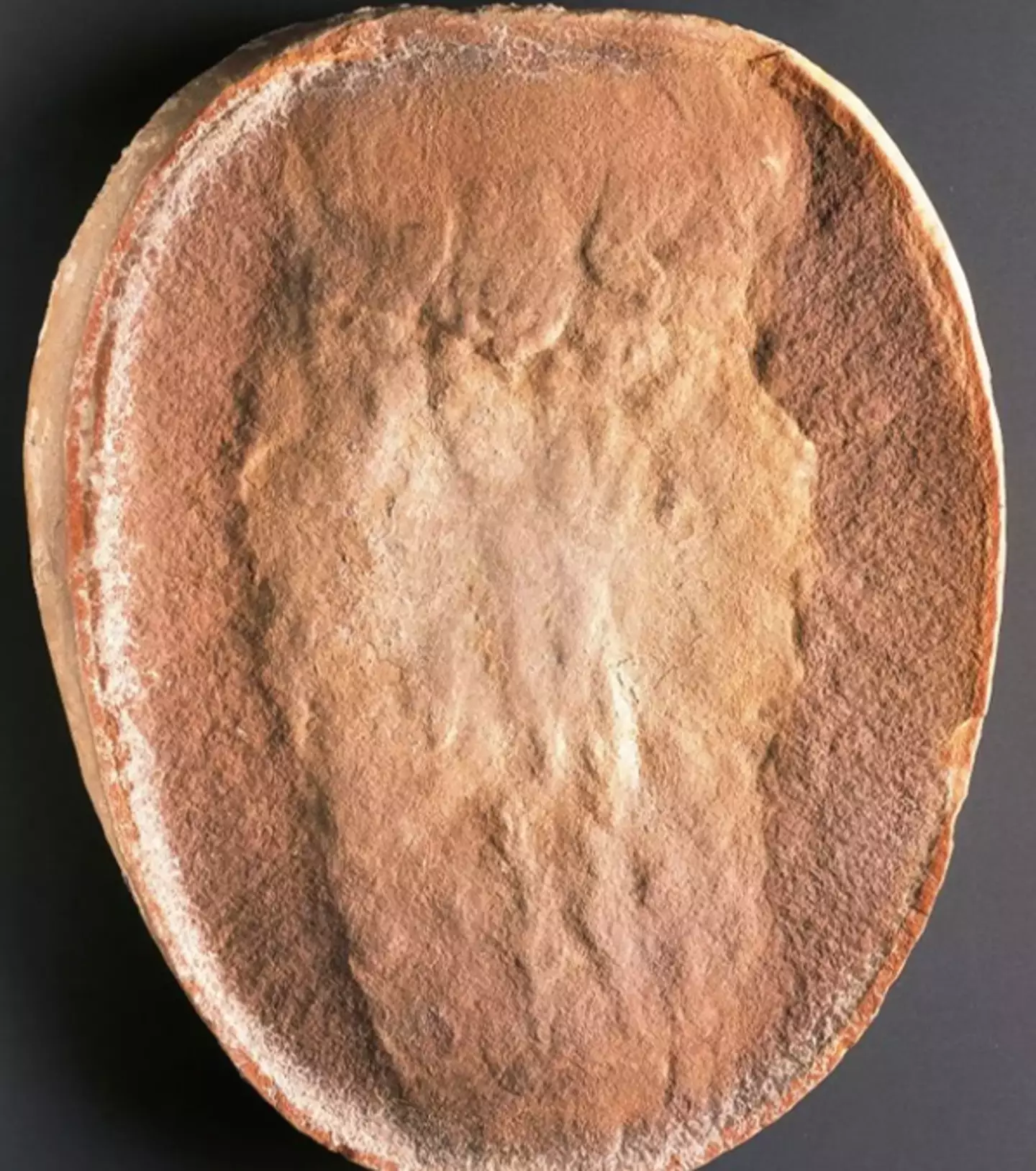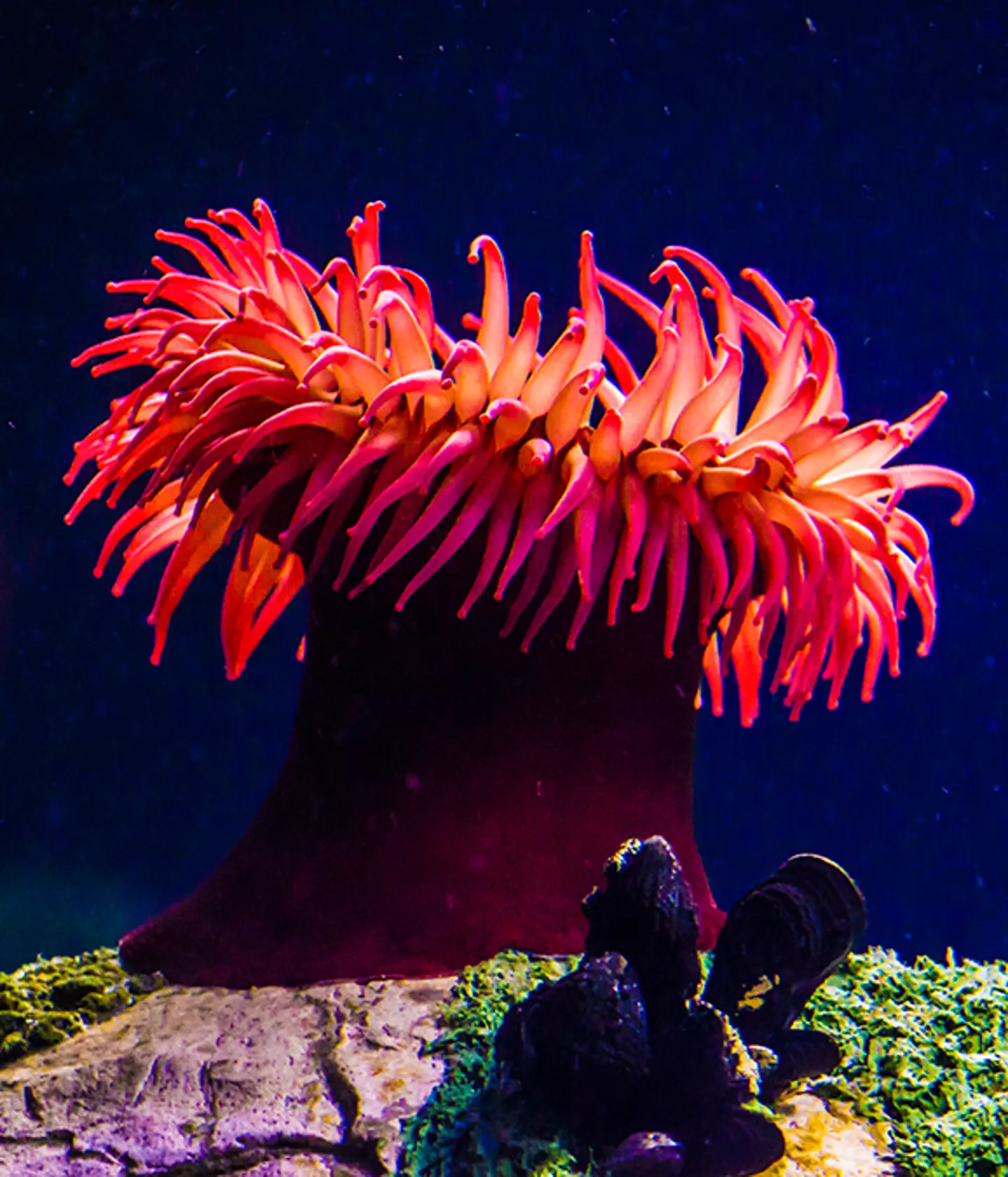
Scientists were amazed to have found a 300-million-year-old fossil. But the real surprise was that it wasn't what they originally thought it was.
How did this mix-up happen? Well, they simply had it upside down the whole time.
For 50 years, scientists thought a fossil nicknamed 'the spot' belonged to a jellyfish.
This type of fossil is one of many in Mazon Creek fossil beds, in northern Illinois, which formed 309 million years ago.
Advert
Professor Merrill Foster examined the fossils back in 1979 and identified them to be jellyfish fossils, specifically named Essexella asherae (E. asherae).
However, a new study has revealed that 'the blob' isn't a jellyfish at all.

Lead author of the study, Roy Plotnick from the University of Illinois Chicago, felt something was off.
Advert
'I’ve always looked at these jellyfish fossils and I’ve thought, "That doesn’t look right to me,"' he told Live Science.
Turns out, the fossils actually belong to sea anemones.
'I said, "Wait a minute; that looks like the foot of a sea anemone,"' he added.
Sea anemones and jellyfish aren't that far apart in terms of similarities. In fact, sea anemones are a 'close relative of coral and jellyfish' as confirmed by National Geographic.
Advert
The predatory invertebrates spend most of their time attached to rocks on the sea bottom or on coral reefs.
Plotnick added: 'Anemones are basically flipped jellyfish.' Which is probably why it's easy to misidentify it if the fossil isn't the right way up.

Also, sea anemone fossils are very rare because their soft-bodied exteriors don't fossilise well.
Advert
The hunch led Plotnick and his co-authors James Hagadorn and Graham Young to re-examine the thousands of E. asherae on exhibit. Consequently, they discovered that the membranous 'curtain' synoynmous with jellyfish, was instead the barrel-shaped body of an anemone.
Added to this, they realised that the 'cap' of the fossil resembled an anemone's foot.
'It quickly became obvious that not only it wasn’t a jellyfish, but turned upside down it was clearly an anemone, probably one that burrowed into the seafloor,' Plotnick explained.
'The "bell" was actually an expanded muscular foot used to wiggle the anemone into the seafloor.'
Advert
From this turning point of a discovery, scientists believe thousands of these fossils have been that have been incorrectly labelled for decades.
'This study demonstrates how a simple shift of a mental image can lead to new ideas and interpretations,' Plotnick added.